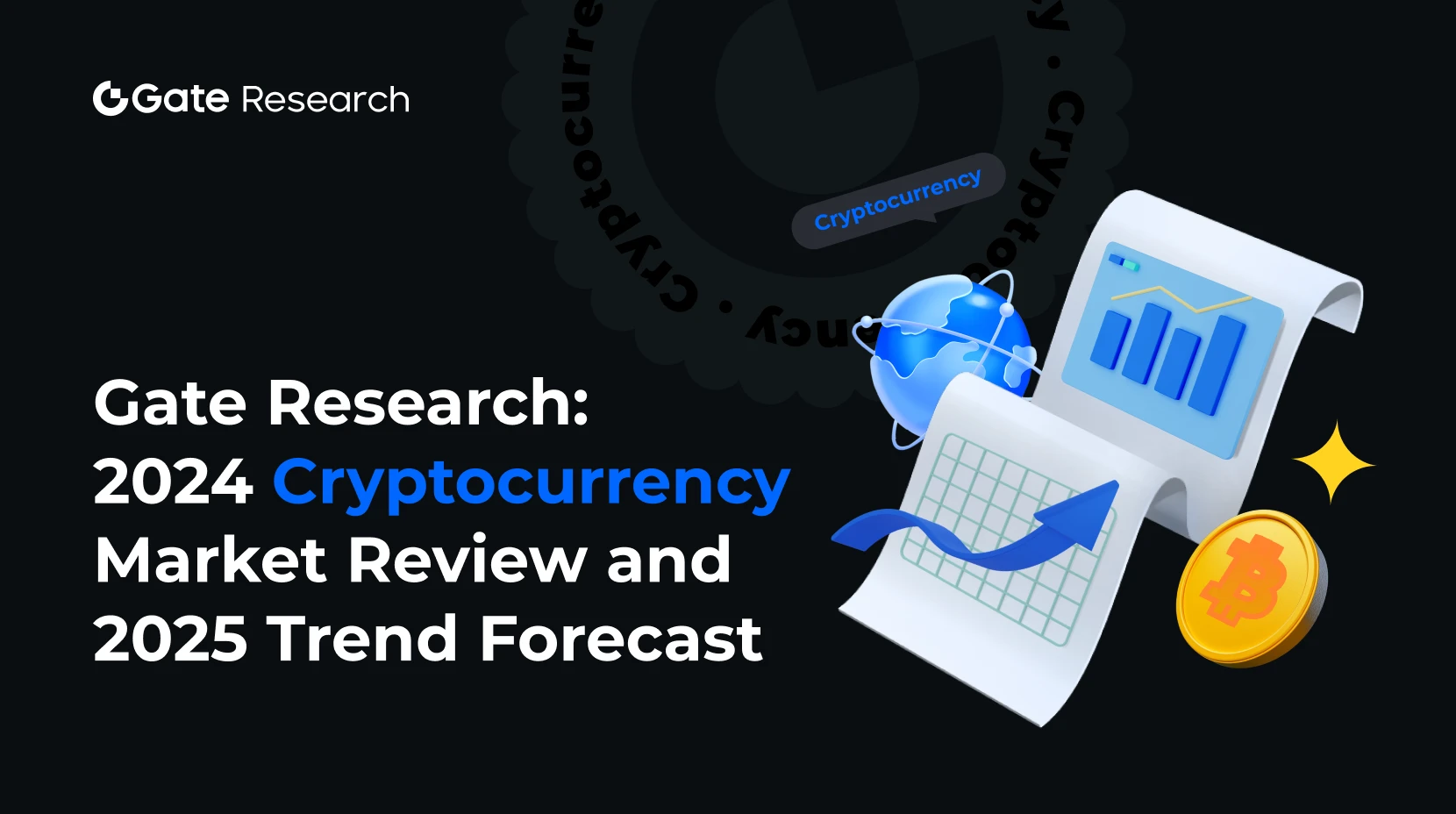amalgamation

Amalgamation in the blockchain and cryptocurrency space refers to the process of integrating multiple blockchain networks, protocols, or assets into a single system. This integration can enhance functionality, improve efficiency, expand network scale, or optimize resource allocation. In the crypto ecosystem, amalgamation typically aims to address technical limitations of existing networks, such as scalability issues, energy consumption, or security vulnerabilities, while preserving or enhancing the core value propositions of the original networks. Ethereum's "The Merge" is one of the most prominent examples, which combined the original Proof of Work (PoW) chain with the Proof of Stake (PoS) Beacon Chain to create a more efficient and environmentally friendly blockchain architecture.
Background: The Origin of Amalgamation
The concept of amalgamation in the blockchain domain emerged from various challenges and limitations encountered during the technology's evolution. Early blockchain networks like Bitcoin and the original Ethereum version used the Proof of Work consensus mechanism, which, while secure and reliable, faced issues such as high energy consumption and slow transaction processing. As blockchain use cases expanded, these limitations became increasingly apparent, prompting developers and researchers to seek more efficient solutions.
Amalgamation as a concept was first formally introduced by Ethereum as a crucial part of its scaling roadmap. After the Ethereum network launched in 2015, its founder Vitalik Buterin and the core development team began planning the transition from Proof of Work to Proof of Stake. This transition was officially named "The Merge" and became one of the most significant technical upgrades in blockchain history.
As technology continued to evolve, the concept of amalgamation expanded beyond consensus mechanism transitions to include cross-chain interoperability, sharding technology, Layer 2 solutions, and other areas, becoming a key driver in the evolution of the blockchain ecosystem.
Work Mechanism: How Amalgamation Works
The specific operational mechanism of amalgamation depends on the particular type of merger, but typically includes these key phases:
-
Preparation phase: Pre-merger preparations including code auditing, testnet deployment, community discussions, and stakeholder coordination.
-
Fork point determination: Setting a specific block height or timestamp as the fork point for the merger, marking the critical transition from the old system to the new one.
-
Client updates: Network participants need to update their client software to support the new protocol rules.
-
State migration: Transferring the state of the original network (such as account balances, smart contract data) to the new network.
-
Consensus switch: After reaching the fork point, the network begins to validate and confirm according to the new consensus rules.
Taking Ethereum's Merge as an example, this process involved:
- Connecting the Beacon Chain with the execution layer
- Finalizing the terminal block
- Transitioning from mining validation to staking validation
- Seamlessly continuing transaction history and state
- Maintaining network operational continuity and ensuring user asset security
Risks and Challenges of Amalgamation
Despite the numerous benefits amalgamation can bring, it also comes with significant risks and challenges:
-
Technical risks: Code vulnerabilities, compatibility issues, or security flaws could lead to network failures, fund losses, or service interruptions.
-
Coordination difficulties: Large-scale network upgrades require coordination among numerous participants (miners, validators, exchanges, wallets), and any misalignment could lead to hard forks or network splits.
-
Economic impacts: Changes in consensus mechanisms may alter the network's economic incentive model, affecting the revenue structure of various participants.
-
Centralization risks: Some mergers might lead to concentration of validation power, contradicting blockchain's decentralization ethos.
-
Community divisions: Different opinions on technical approaches, timing, or implementation methods for the amalgamation could cause community splits, resulting in competing chains.
-
Regulatory uncertainties: Major network changes might attract regulatory scrutiny, bringing new compliance requirements.
-
User experience challenges: During the merger process, service suspensions, transaction delays, or specific user actions might be required.
Amalgamation represents an important milestone in cryptocurrency and blockchain technology development, showcasing the field's capacity for continuous innovation and self-improvement. Successful mergers not only solve existing technical limitations but also bring new possibilities and use cases to the entire ecosystem. As evidenced by Ethereum's experience, major technical transitions like amalgamations require thoughtful planning, broad community support, and close collaboration among multiple parties. As blockchain technology continues to mature, we can anticipate more innovative amalgamation proposals, further driving the industry toward greater efficiency, security, and sustainability.
Share
Related Articles

Gate Research: 2024 Cryptocurrency Market Review and 2025 Trend Forecast

Altseason 2025: Narrative Rotation and Capital Restructuring in an Atypical Bull Market
